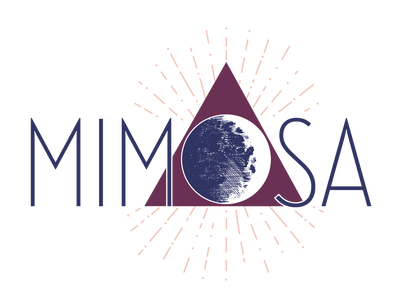More About Carnelian:
Carnelian is chalcedony which iron oxide gives an orange to red color. Carnelian helps you overcome negative thought patterns and approach your endeavors with new energy. Sard is like carnelian, except that the color tends more toward brown. Its banded form is called sardonyx.
Carnelian Lore:
The ancient Egyptians prized carnelian reasons both practical and metaphysical. Since wax doesn’t stick to it, this form of chalcedony works well for seal. And its golden-red color reminded them of the sun setting over the desert, symbolizing the immortality of the soul. Carnelian often accompanies turquoise, the fiery qualities of the one balancing the air and water associations of the other. Egyptians personified these qualities through the fierce lion goddess Sekhmet and the mild Hathor, who sometimes appears as a cow.
Because of its color, carnelian was associated with the magical blood of Isis. The Egyptian Book of the Dead says the carnelian should be “dipped into the juice of aukhama [sorry, I’ve been unable to discover what this is], then inlaid into the substance of the sycamore wood and put on the neck of the deceased. Whoever has this chapter read to him, the virtue of Isis protects him; Horus, the son of Isis, rejoices in seeing him, and no way is barred to him.”
A scarab beetle of carnelian, with signature hieroglyphs on the bottom, might be an amulet for either the living or the dead. It could be set in a ring of clay, to be worn and used as a signature seal. Such a seal could also be placed over the heart of the deceased to be used in the afterlife.
Crystal Healing is not meant to replace conventional medicine, but rather to complement and enhance it. Information within this site is metaphysical in nature and is by no means medical. Crystals should only be used with the understanding that they are not an independent therapy, but rather are just part of a holistic healing approach to wellness.














